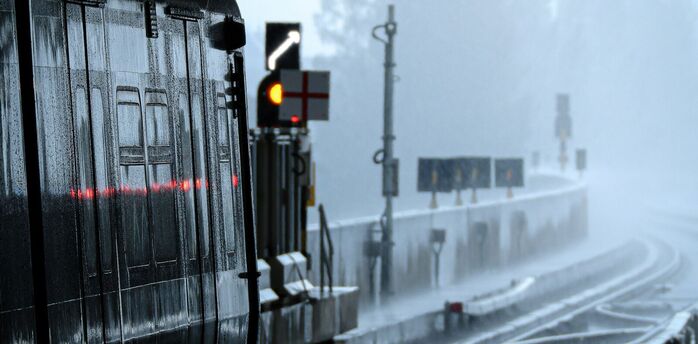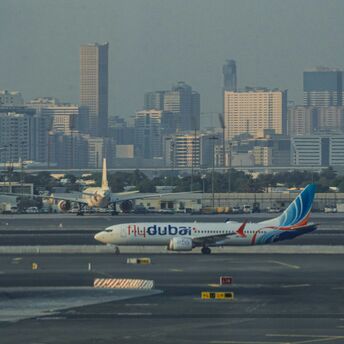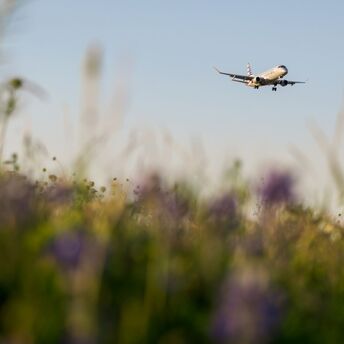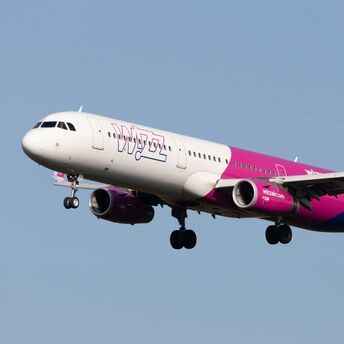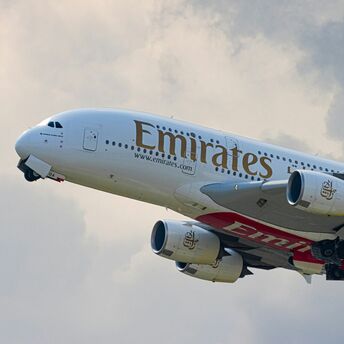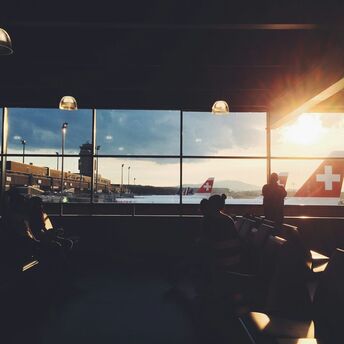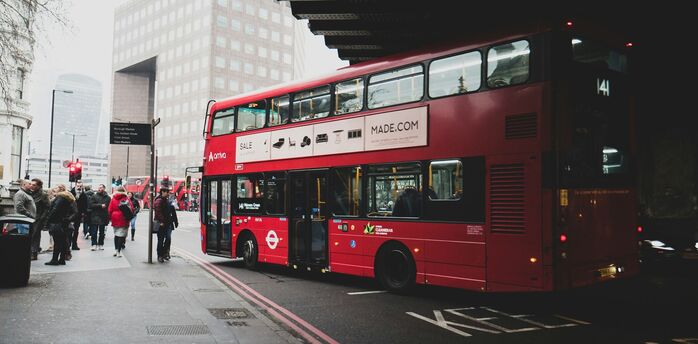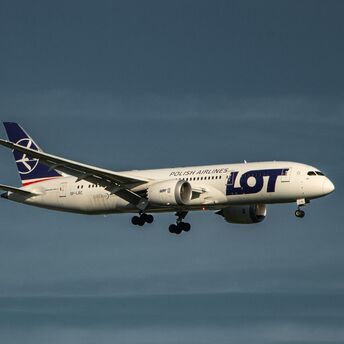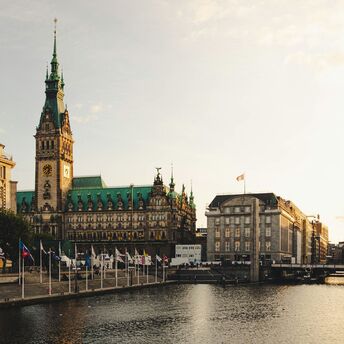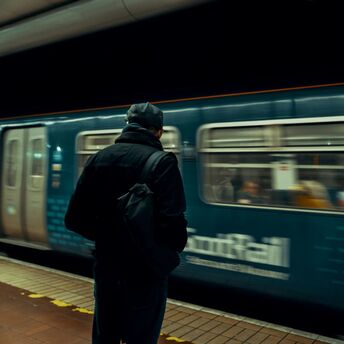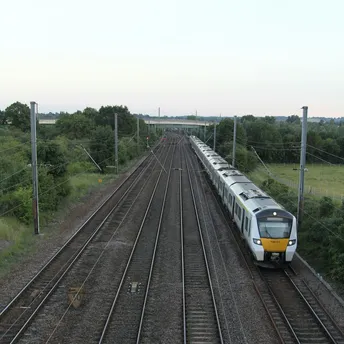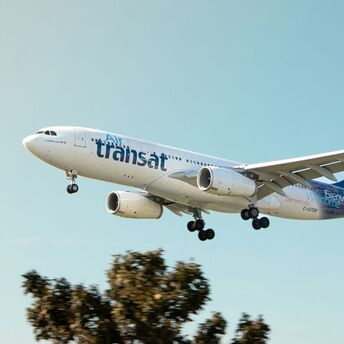Navigating the Quiet Hours: Heathrow Airport's Approach to Nighttime Flights
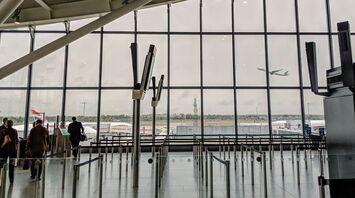
London Heathrow Airport, the UK's largest, enforces restrictions on flight operations during nighttime hours, addressing the noise concerns of nearby urban communities. This article explores the intricacies of Heathrow's curfews, aiming to balance the airport's bustling activity with residents' need for peace.
The Challenge of Airport Coexistence
Heathrow's position within a densely populated area introduces a delicate balance between offering global connectivity and ensuring the well-being of its neighbors. The ongoing dialogue between airports and adjacent communities often centers on mitigating the adverse effects of noise, particularly during night hours when the quest for tranquility becomes paramount.
Understanding Night Curfews
Heathrow implements night flying restrictions to minimize noise disruption, creating a quieter environment during critical sleep hours. These curfews, established as part of a longstanding practice, dictate that certain flight operations are not permitted during specific nighttime hours, helping to maintain a harmonious relationship between the airport and its surrounding residents.
Heathrow's Night Flight Regulations
While not outright banning nighttime flights, Heathrow adheres to government-imposed limits, regulating the number of take-offs and landings between 23:30 and 06:00. This approach includes a night quota system, capping the airport's noise output during these hours, and ensuring that only a set number of flights occur, with a focus on using quieter aircraft models to further reduce noise impact.
The current night flight regime, effective since October 2017, is governed by the Civil Aviation Act 1982. It specifies two periods under restriction, with the most stringent rules applying from 23:30 to 06:00. The airport's annual cap of 5,800 night flights is divided seasonally, with the ability to transfer a portion of unused flights from summer to winter, ensuring flexibility while maintaining noise control.
Additionally, Heathrow voluntarily refrains from scheduling departures and arrivals in the late evening and early morning hours, effectively extending the quiet period for nearby communities. This policy aligns with the airline's operational planning, like British Airways, which schedules flights to arrive just after the curfew period ends.
The Night Quota Period (NQP)
The NQP system, introduced in 1993, assigns points to aircraft based on their noise levels, encouraging airlines to operate quieter, newer models during restricted hours. This point system, alongside movement limits, helps regulate the number and type of flights during the night, ensuring minimal disturbance to residents.
Balancing Operational Needs and Community Concerns
Heathrow's management of night flights demonstrates a careful balance between operational efficiency and community well-being. Exceptions to curfew restrictions, such as for delayed flights or emergencies, are handled with sensitivity to both passenger needs and the impact on local residents.
This framework illustrates Heathrow's commitment to minimizing nighttime noise while maintaining its role as a vital international hub, showcasing a model for managing airport operations in harmony with community expectations.


